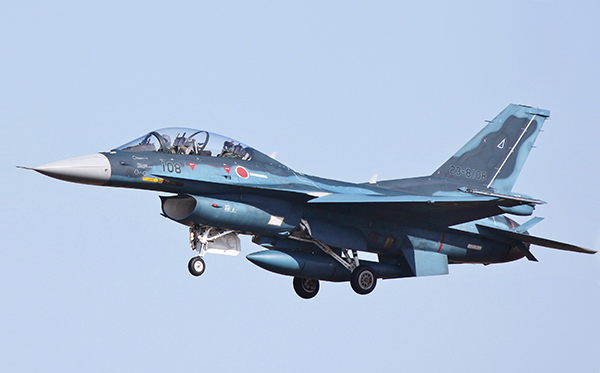The Japanese government plans to allow exports of fighter jets, missiles and other arms to 12 countries, including India, Australia as well as some European and Southeast Asian nations, Nikkei has learned. Regulatory changes to allow for the exports could come by next March.
The government aims to enhance deterrence against China by cooperating with countries that have signed individual security agreements with Tokyo. These countries include Vietnam, Thailand, Indonesia, Malaysia, the Philippines, U.S., U.K., Germany, France and Italy.
In 2014, Japan established a principle regarding transfers of defense equipment and eased regulations that had prohibited its export. However, it still bans exports of lethal weapons.
The principle states that exports to countries that do not jointly develop arms with Japan are limited to equipment for rescue, transport, warning, surveillance and minesweeping missions.
However, the easing will be included in the government’s policy on economic and fiscal management and reform, to be finalized in June. The principles will be revised after a National Security Strategy is formulated, which is scheduled to take place at the end of this year.
Japan is planning to develop new fighter jets and medium-range anti-aircraft missiles with the United States and the United Kingdom.
Export customers will allow Japan’s manufacturers to lower their production costs. This will also lower the Japanese government’s procurement costs and lighten its financial burden.
Since Russia invaded Ukraine in February, Asia’s security environment has been growing increasingly severe. Government officials hope the spread of Japanese-made equipment to neighboring countries will deepen the country’s security cooperation with likeminded countries.
Like Japan, Australia, India and some nations in Southeast Asia are wary of China’s expanding military footprint. Japan intends to strengthen bonds with these countries by offering them arms that allow them to assume a stronger defensive posture.
After revising relevant policies, Japan has its sights set on exporting fighters and new sea-launched interceptor missiles. Southeast Asian countries are willing to buy low-priced fighters, and the U.S. and Europe are also marketing to the region to prevent the spread of Chinese-made fighter jets.
The Japanese government also plans to export equipment such as bulletproof vests and helmets to countries with which it does not sign individual security agreements. Tokyo has already provided these items to Ukraine.
Tokyo exported a warning and control radar to the Philippines under the only defense export contract since 2014, when the government eased regulations that had forbidden such sales.
Without measures to promote exports, Japan’s shrinking defense industry could run into difficulties procuring parts for arms.
Still, concerns remain as Japan-made military equipment could be used in international conflicts. The government intends to frame the export plan by explaining that it is consistent with the constitution and related laws.

















